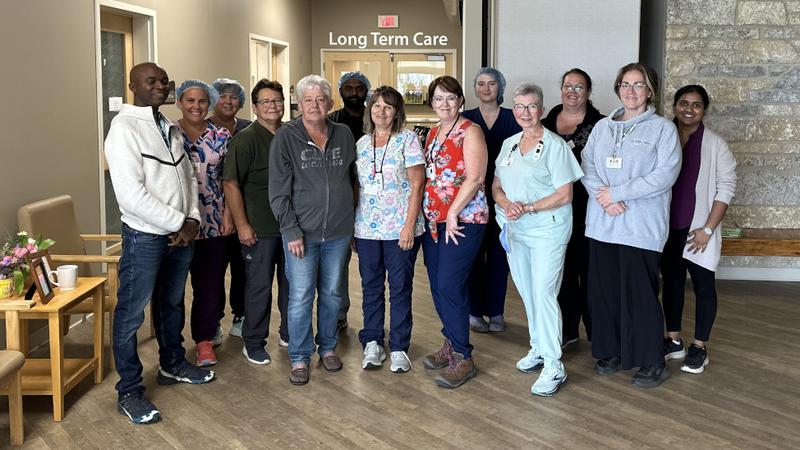A growing crisis is unfolding in the small Saskatchewan community of Shellbrook, where healthcare workers are sounding urgent alarms over what they describe as “dangerously low” staffing levels coupled with stagnant wages that haven’t kept pace with inflation. The situation threatens to undermine medical care for the community’s 1,500 residents and surrounding rural areas that depend on Shellbrook’s medical facilities.
“We’re operating at about 65% of optimal staffing levels,” revealed Marjorie Kendrick, a registered nurse who has served at Parkland Integrated Health Centre for over 15 years. “Many nights, we have just two nurses covering the entire facility. Patient safety is becoming a serious concern.”
According to data obtained from the Saskatchewan Health Authority (SHA), Shellbrook has seen a 27% decrease in healthcare staff retention over the past three years, with wages cited as the primary factor. Current starting wages for licensed practical nurses in the region hover around $28.75 per hour, significantly lower than neighboring provinces and urban centers within Saskatchewan.
The wage disparity has created what healthcare economists call a “rural drain,” where qualified professionals increasingly migrate to higher-paying urban centers. SHA internal documents show that 12 positions remain unfilled at the Shellbrook facility, with recruitment efforts yielding few qualified applicants.
“We’re expected to provide the same quality of care with fewer resources and less compensation,” said Dr. Thomas Reid, a family physician at the center. “The math simply doesn’t work. We’ve raised these issues repeatedly with provincial health authorities.”
The staffing shortages are beginning to affect patient care. Emergency department wait times have increased by approximately 40% over the past year, while some specialized services have been temporarily suspended. Local residents report having to travel to Prince Albert, nearly 50 kilometers away, for care previously available in Shellbrook.
Community response has been swift. The “Support Shellbrook Healthcare” coalition, formed by concerned residents earlier this month, has gathered over 800 signatures on a petition demanding provincial intervention. The group plans to present their findings to Saskatchewan’s Minister of Health next week.
“This isn’t just a Shellbrook problem,” explained coalition organizer Donna Schmidt. “Rural healthcare across Saskatchewan is in jeopardy if we can’t ensure competitive wages and adequate staffing. We’re the canary in the coal mine.”
The Saskatchewan Ministry of Health acknowledged these concerns in a statement to CO24 News, noting that “rural healthcare staffing remains a priority” and that “compensation reviews are currently underway.” However, the ministry did not commit to specific wage increases or staffing solutions for Shellbrook.
Healthcare policy experts warn that the situation in Shellbrook reflects a broader national challenge. According to the Canadian Institute for Health Information, rural healthcare facilities across the country face 30% higher vacancy rates compared to urban centers, with wage disparities being a significant contributing factor.
For residents like 78-year-old Harold Martens, who depends on regular care at the Parkland facility for his chronic heart condition, the situation is becoming increasingly concerning. “I’ve lived here all my life, paid my taxes, and now I’m worried about whether there will be a nurse available when I need care,” Martens told CO24 Canada.
As provincial budget deliberations approach this fall, Shellbrook healthcare workers and community members remain united in their message: without immediate intervention to address wage disparities and staffing shortages, the future of healthcare in this rural community hangs in the balance. The question now facing provincial leaders is stark: are they prepared to invest in rural healthcare sustainability, or will communities like Shellbrook become healthcare deserts in an increasingly urbanized Canada?























